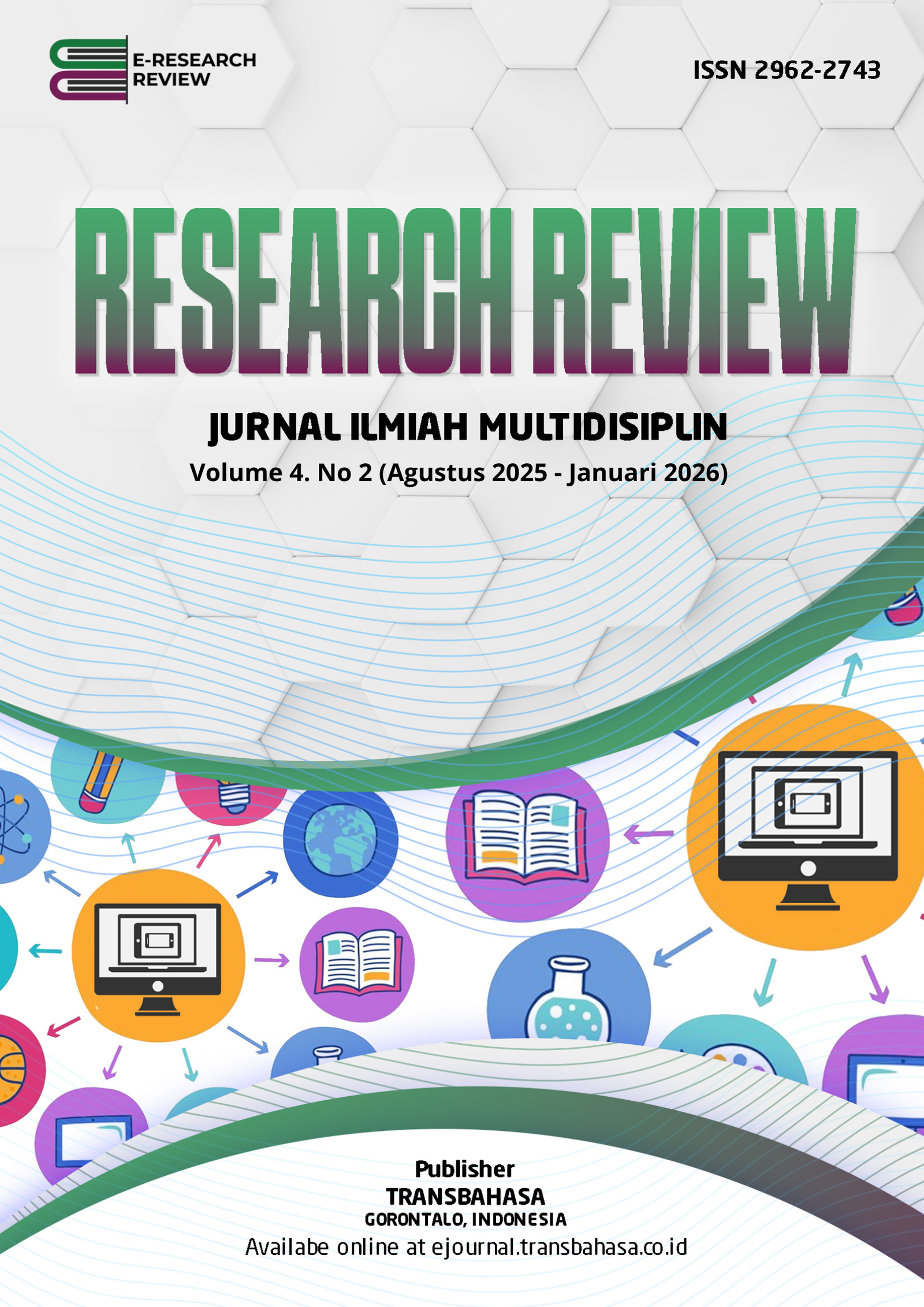Peranangan Pusat Seni Tari di Gorontalo dengan Pendekatan Arsitektur Ekspresi
DOI:
https://doi.org/10.54923/researchreview.v4i2.243Keywords:
Expressive Architecture, Education, Dance ArtAbstract
Dance arts in Gorontalo have evolved through the efforts of local arts communities and dance studios such as Pajongge Dancer, Sanggar Makuta, Otanaha Dancer, and many other art groups. However, these traditional dance forms face significant challenges, including a lack of dancer regeneration and inadequare facilities to support talent development and art presevarvation. These challenges highlight the urgent need to establish a Dance Arts Center Gorontalo, design as a space for training, performances, and preservation traditional dance. The primary goal of this development is to preserve local cultural heritage. Thr Dance Arts Center is evisuined to architectural elements that embody Gorontalo’s movement and cultural values, making it physical facility and a means of strengthing the region cultural identity and serving as a symbol of local pride. Data was collected through interviews with dance studio owners, field surbeys, and references from journals, articles, and bookks to enhance the design process. With architectural expression appoarrch, the building is design to express symbolic and emotional meanings alinged with the fungtion of the Dance Arts Center, blending dance movements with local cultural values. Through harmonious and meaningful design, the building will communicate cultural messages to the public. With adequate facilities, the Dance Arts Center will play a key role in raising public awareness about the importance of cultural heritage while supporting the preveration and development of the arts, particulary Gorontalo;s traditional dance.







